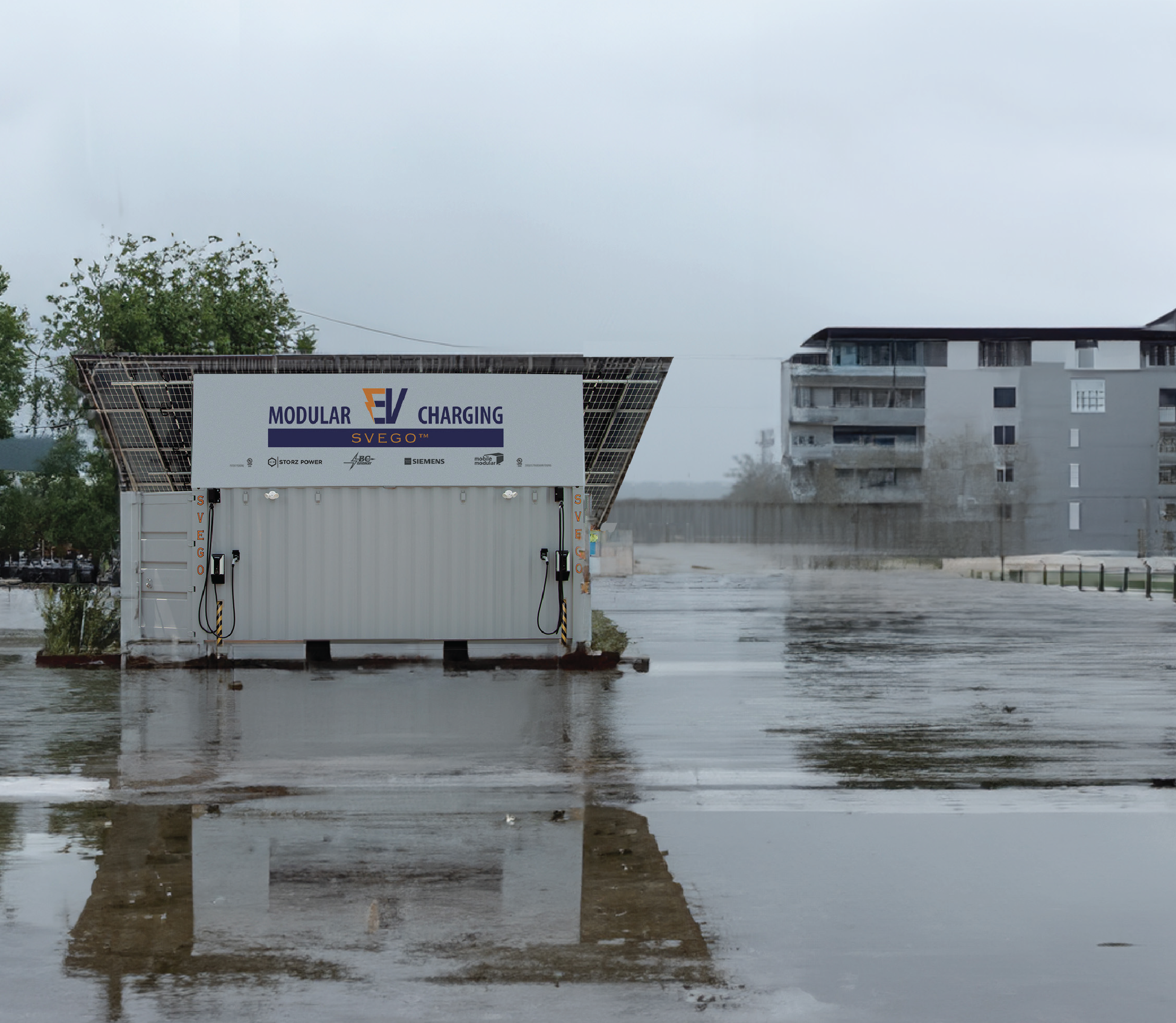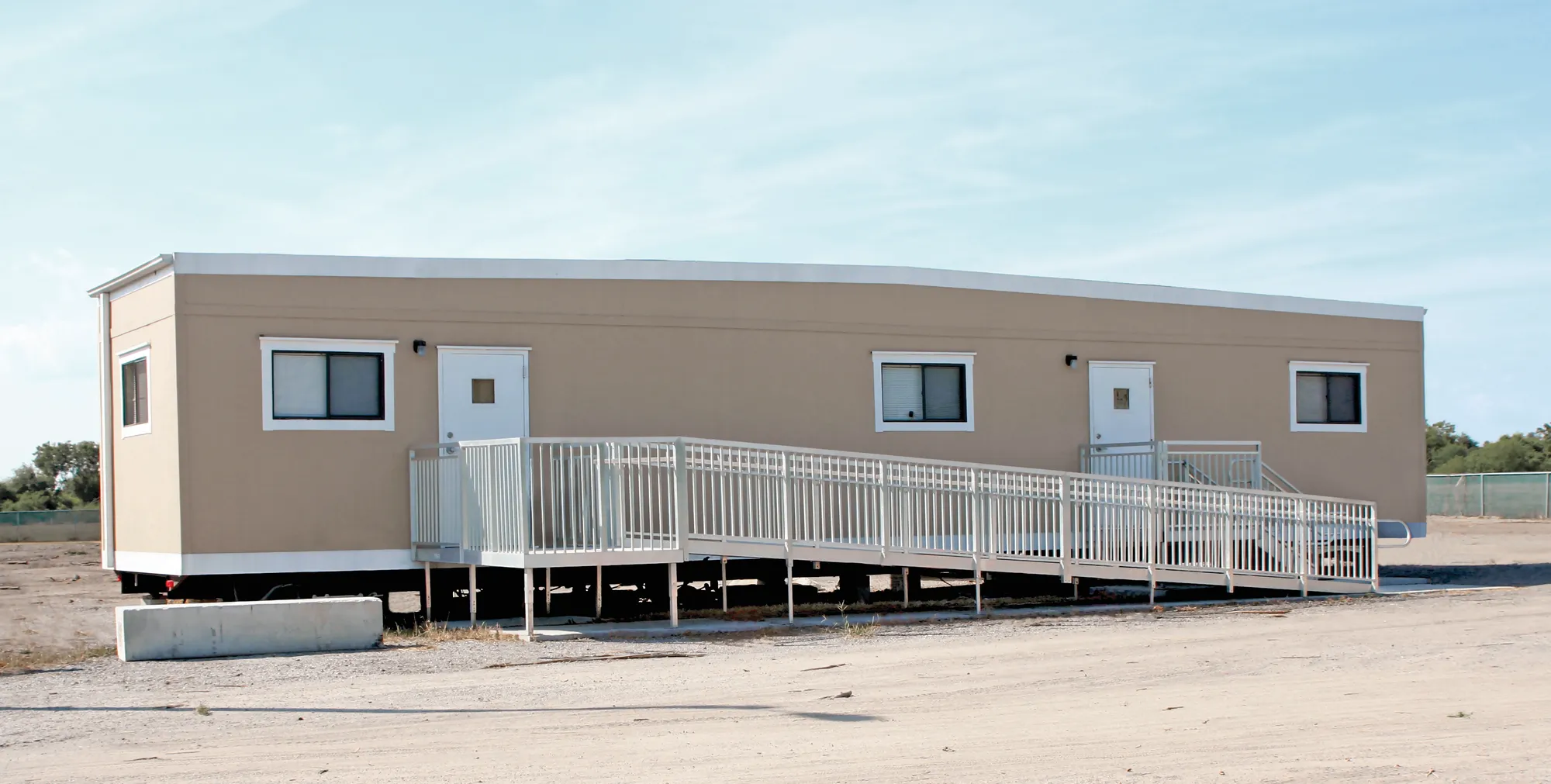The Modular Building Installation Process: What to Expect
Most modular construction projects go through multiple stages, from design approval to installation and assembly, and have their own set of requirements and expectations.
Here are things you can expect to happen once the purchase agreement has been signed.
1. Understanding Local Regulations
Every state and city has its own regulations for modular buildings. Any inability to remain compliant with these rules can result in the suspension of your building permit until you comply with all local building codes.
While some municipalities allow temporary modular buildings to be installed within their limits, others may not. They may also have specific requirements about the building’s appearance.
Once you understand the local regulations around your modular building, it pays dividends to work with a modular building provider who can help you remain compliant. Mobile Modular specializes in providing modular buildings for lease or purchase in a variety of internal and external finishes, along with custom configurations to suit all your local building or project requirements.
2. Obtaining Your Permits
The modular construction process is designed to meet federal, state, local, and provincial building codes, which are determined in reference to the International Building Code (IBC) or a similar source. In turn, obtaining permits for modular office installation is a standard part of the process.
You’ll need to apply for permits from your local and state governments to ensure your plan for your modular building is up to code. When you do this, it’s essential to have all the necessary documentation for your building, including floor plans, plumbing plans, wiring plans, and structural calculations.
Working with an experienced provider of modular commercial buildings can facilitate the process of providing these documents for your permit and make it easier to obtain them sooner.
3. Developing Your Building Site
The modular building construction process requires the proper foundation at your site before the building can be delivered and installed. The two most common foundation systems are acrylonitrile butadiene styrene (ABS) pads and concrete pier foundations.
Some of the common factors you’ll need to consider when choosing the foundation system for your site include:
- Local building codes
- How long the building will be on site
- Budget
- Soil composition at the site
- The site’s susceptibility to high winds, flooding, frost, or seismic activity
4. Delivering Your Modular Building
Your modular building will be delivered to your construction site as separate modules before being connected together by a team of installation experts. At Mobile Modular, we also have a fleet of trucks and delivery experts who can help your modular building reach your site safely.
When your modular building is delivered, it will typically arrive by truck with a protective covering to shield it from any potential bumpy terrain or adverse weather conditions.
Your site should be prepared to receive your modular buildings once it is ready for delivery. This involves ensuring the site has adequate vertical and horizontal clearance for the truck’s entry, as well as having the necessary equipment to offload the modules.
5. Installing the Modular Building
Once the pieces of your modular building are delivered, our top-tier modular building contractors will connect them to each other and install them on your site’s foundation. This ensures your modular building will be installed safely and in compliance with local regulations, whether your building is temporary or a permanent structure for your organization or project.
During this step, our expert contractors will also install any outstanding accessories you may require for your building, such as skirting, canopies, awnings, custom roof lines, and ramps or stairs.
6. Installing Utilities
The vast majority of modular buildings are completed offsite in a controlled manufacturing environment, including fixtures and interior finishes. However, they do not come with built-in power supplies and need to be connected to a power source.
The same principle applies to plumbing, as your building will need to be connected to the sewer and water lines.
Receive Your Modular Building from the Experts
Mobile Modular is a leading provider of custom portable and temporary buildings with unparalleled quality for countless industries, from healthcare to petrochemicals. Our staff is committed to helping our customers every step of the way, from design approval to building installation. Request a quote today to see how we can help you find the building you need.





